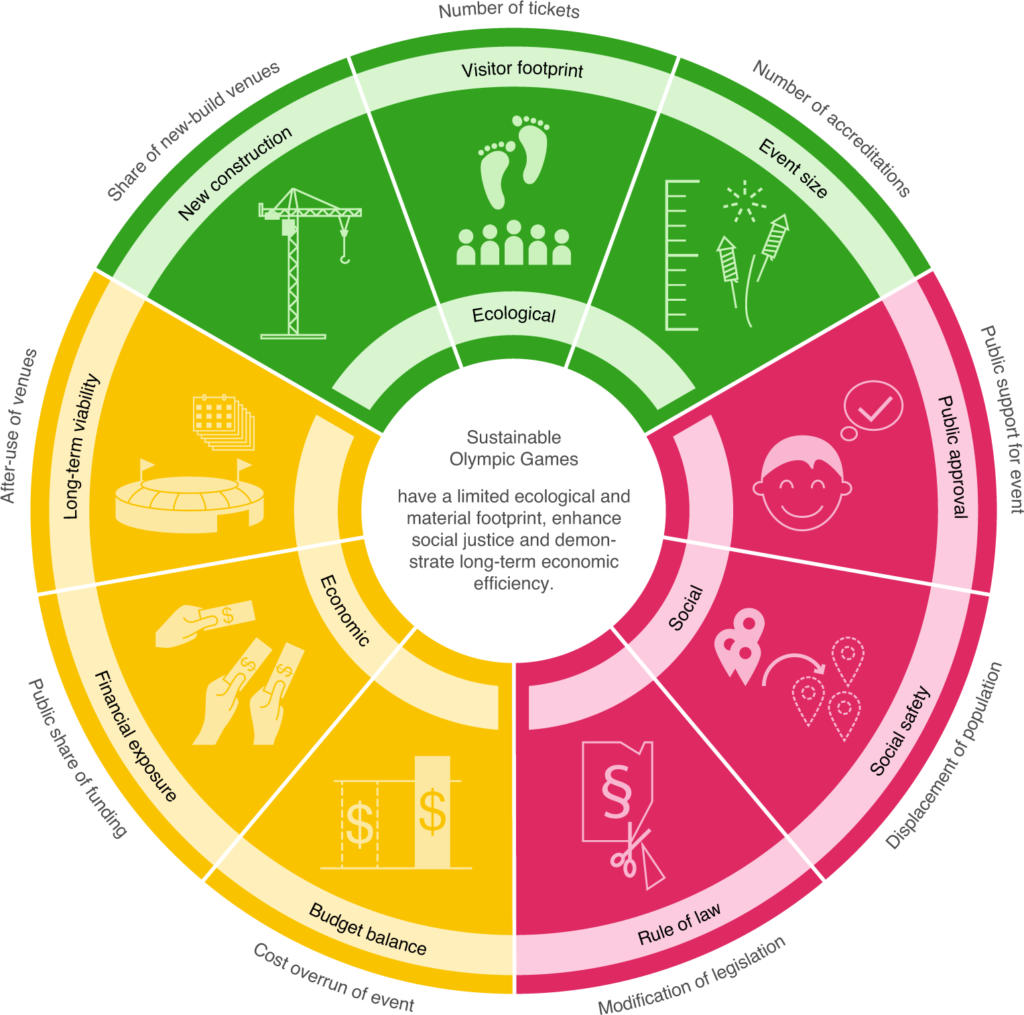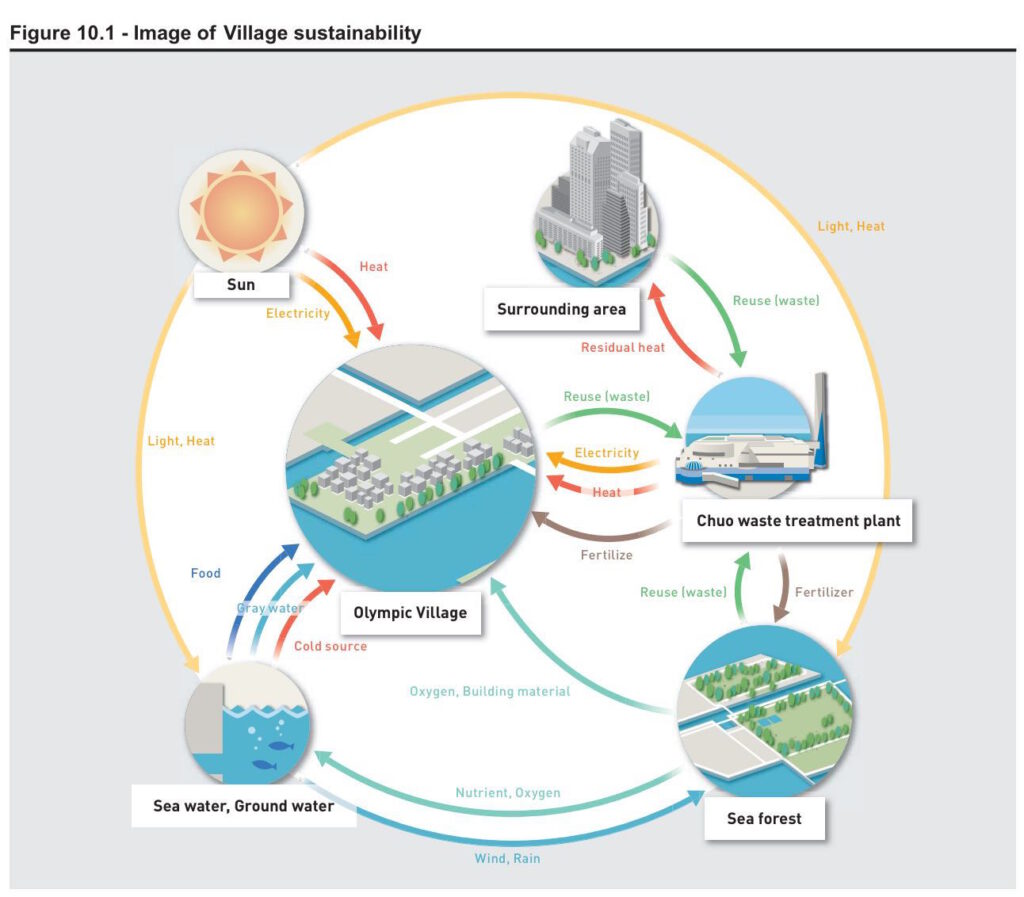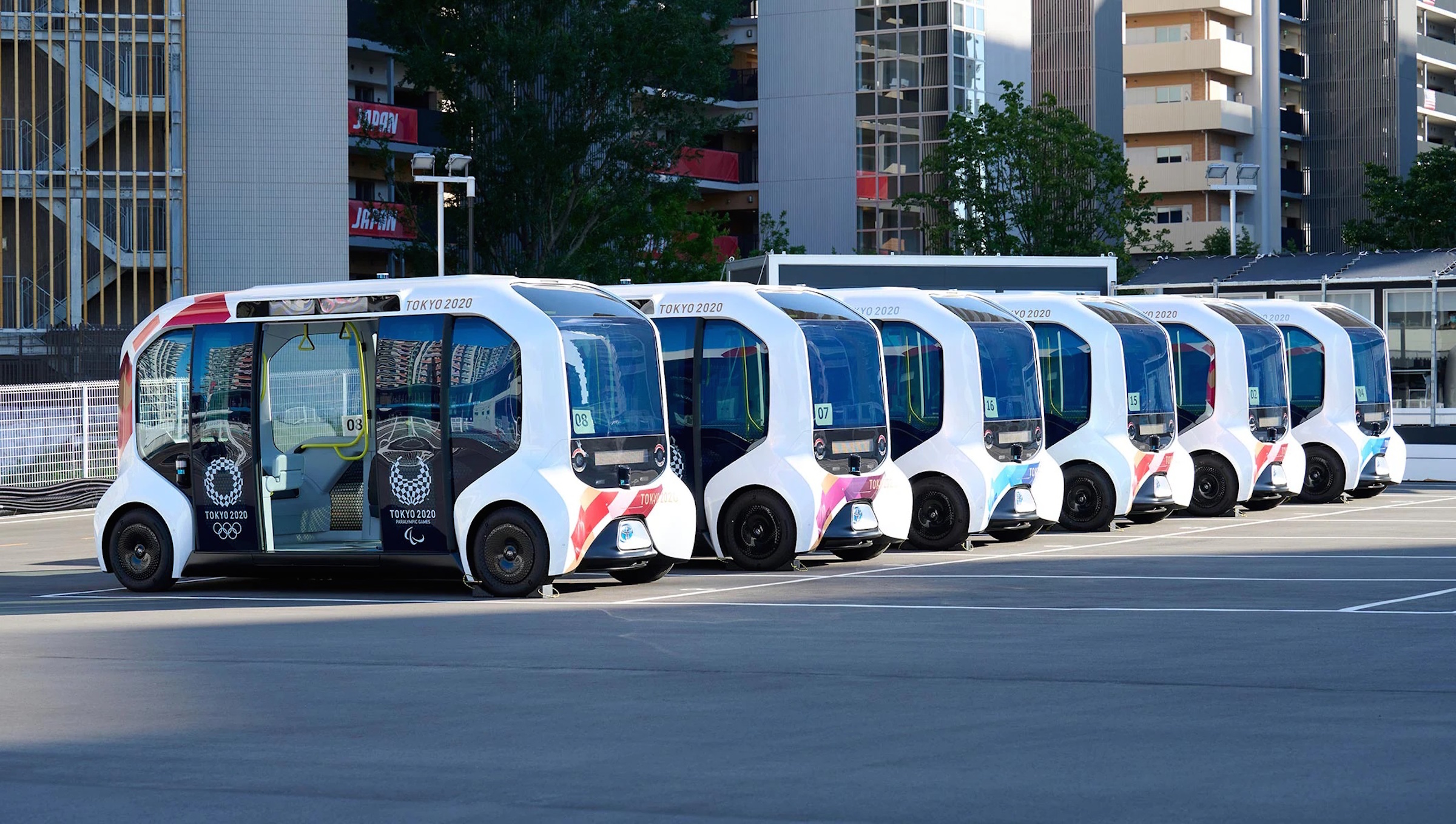First published in the Winter 2021 issue of Sustianability Today.
When it finally arrived a year late, the Tokyo Summer Olympics proved to be an amazing two weeks of world and Olympic record-setting performances, a number of huge surprises, one great feat after another. As Olympics should be. But these Games also featured something even more lasting — a green technology footprint never seen before in an Olympiad.
Put simply, the 12,000 athletes from 206 nations and 38 different sports took part in the most sustainable Olympics yet. We took a deep dive into the technology, processes, products and even vehicles that contributed to this historic event:
• The Japanese hosts built 25 new venues and 10 temporary facilities to go with 18 older venues, creating a hive of state-of-the-art facilities. The new venues were constructed to reduce energy consumption, while the temporary buildings minimize construction costs along with energy use.
• All told, the Tokyo Organizing Committee estimated the event would generate 2.73 million tons of carbon. That figure was later adjusted down by 340,000 carbon tons due to the exclusion of spectators because of the pandemic.

On top of that, they used carbon credits to offset the resulting 1.93 million tons. “We were able to create and collect enough (carbon) credits from Japanese businesses to offset and actually go beyond carbon neutrality,” Tokyo 2020 international communication manager Eduardo Martinez said.
• 95% percent of all goods needed and used for the Games were recycled or reused. In one example, timber donated by more than 60 municipalities for Operation BATON (Building Athletes Village with Timber Of the Nation) for the Olympic Village Plaza was dismantled after the Games and reused in those same communities. The hosts also repurposed or returned 65,000 computers, 19,000 office desks, plus chairs, tablets, electrical appliances and other materials.
• The uber-modern Olympic Village was constructed on reclaimed land. It included a “relaxation house” in Harumi Port Park where athletes could rest and recharge. Electricity used by the facility was generated with pure hydrogen fuel cells. After the Games, the village literally became become Japan’s first hydrogen-powered community and a model for future hydrogen-based societies. The repurposed Olympic Village now features residential apartments, shops and stores for necessities.
• Of course, transportation was brought into the plan. Olympians were transported around the Olympic Village by electric-powered vehicles.

• Athletes used a total of 18,000 beds made from recycled cardboard and mattresses that are also recyclable. While these may not sound too sturdy, they can hold up to 200 kilograms (440 pounds), with frames nearly seven feet long.
• The medal awards ceremony podiums were the first Olympic materials ever to be 3-D printed; the podiums originated from plastic waste.
• As for the medals themselves, they were manufactured out of recyclable smartphones and other electronics equipment donations from the Japanese public, a collection effort that began in 2017. From this gathered material came more than 5,000 medals.
• Finally, the symbol of the beginning and end of all Olympiads, the Olympic torch, was fueled by clean hydrogen. The beautiful cauldrons were made from aluminum gathered from the twisted wreckage left behind by the catastrophic Fukushima earthquake that leveled northern Japan, caused a massive tsunami and led to a nuclear reactor meltdown in 2011. Even the torchbearers’ outfits were green, made of recycled materials from plastic bottles.
These games also reflected diversity and gender equality like no others. In the venues, the most gender-balanced collection of athletes ever gathered, with 51% men and 49% female. Under the leadership of Tokyo 2020 President Hashimoto Seiko, Tokyo 2020 appointed 12 additional women to its Executive Board, boosting its female representation from 20 to 42%.
The model of using recycled materials, sticking to clean-burning fuel, and repurposing materials and even the entire Olympic village for greater community use set a sustainability standard that bodes well for all future Olympics, and their host cities. It also is a model for how many nations can come together and arrive at true game-changing solutions for the planet.
By Destiny Nolan and Robert Yehling











